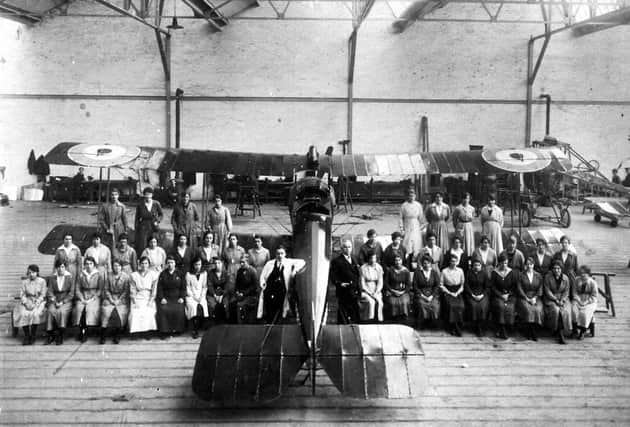First World War rise and fall of Leagrave aircraft firm


The company was formed by Hilda Hewlett and Gustav Blondeau who had met in Surrey where Blondeau had opened his own flying school.
Their first factory was a disused ice-skating rink called The Omnia in Clapham, London, and in May 1914 they bought a field in Leagrave specifically to build Farman aircraft. They named the new factory The Omnia Works and when the First World War started in August 1914, it was able to meet government orders for aircraft for the wartime expansion of the Royal Flying Corps.
Advertisement
Hide AdAdvertisement
Hide AdBut by 1919, despite a full order book, the firm encountered difficulties and the Air Ministry appointed an official to oversee the factory.
After its notable contribution to the nation’s war efforts, Hewlett & Blondeau directed its attention to agricultural engineering. Adverts for its engines and sawbenches appeared in the Luton News up to February 1920 before it was decided to close the works and a six-day sale of the eight-acre site and factory contents was arranged.
The site was sold to Electrolux, forming part of that company’s new premises, while plant, machinery and stock was bought by Vauxhall Motors, Hayward Tyler and other Luton businesses.
Mrs Hewlett, having separated from her husband in 1914, emigrated with her family to New Zealand where she died in 1943. She is commemorated by a street name, Hewlett Road in Leagrave.
Blondeau died at his Old Bedford Road, Luton, home in 1965.